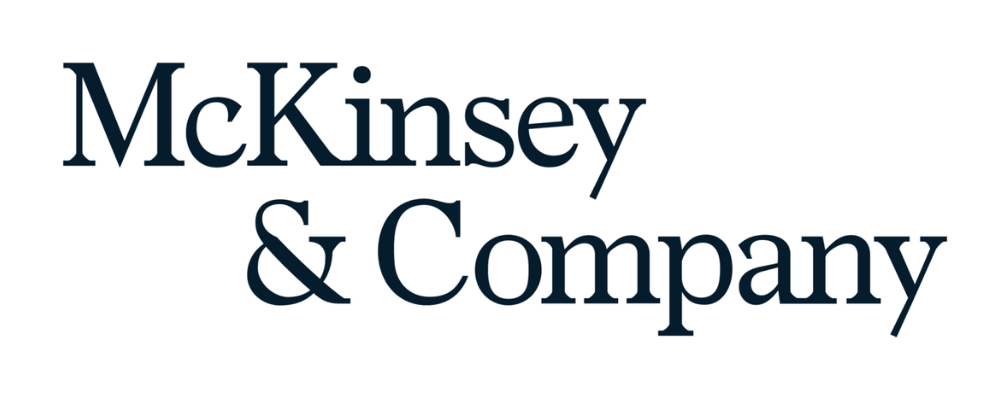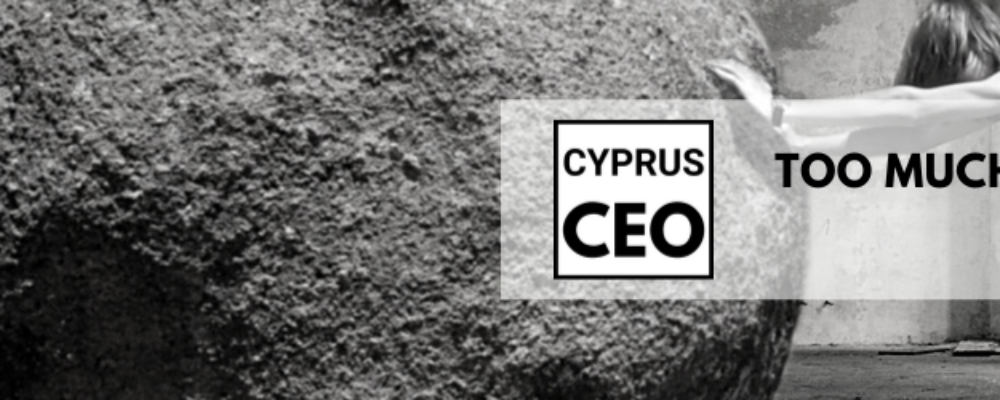But what if the problem isn’t HR?
What if the problem is you built a company like a tent—and expected it to stand like a tower?
We’re in an era where HR has become the scapegoat for everything a business hasn’t structurally addressed: toxic managers, flaky culture, burnout epidemics, compliance landmines. And yet, CEOs continue to underfund it, undervalue it, and misunderstand what it actually is.
In Cyprus and across the mid-market landscape, I see a dangerous pattern.
A CEO hires a charismatic HR manager—someone “good with people,” maybe with a few LinkedIn certifications. They’re tasked with solving turnover, rebuilding morale, managing compliance, and redesigning performance reviews… all in a single fiscal quarter.
Then, when attrition rises or engagement stagnates, the board looks for a scapegoat. “Maybe they weren’t a good cultural fit,” someone mutters. No one questions the architecture. Just the individual trying to paint over the cracks.
But you cannot out-manage a broken system.
You can’t retain talent with pizza Fridays when the onboarding process is chaotic, the internal feedback loop is dysfunctional, and your leadership development is a glorified spreadsheet.
A true HR architect does not sit in a corner updating job descriptions.
They build systems that outlive them.
- They design onboarding pipelines that embed culture and accountability from day one.
- They implement predictive retention analytics that warn leadership before key staff walk out.
- They create trust infrastructure—where conflict resolution isn’t outsourced to legal, but embedded into the way teams operate.
This isn’t utopian. It’s urgent.
That’s why managing HR like a cost center is the fastest way to create a liability center.
Here’s what most CEOs miss:
- The cost of poor onboarding? Months of lost productivity and passive attrition.
- The cost of misalignment between team leads and strategy? Strategic drag, morale decay.
- The cost of no predictive modeling? You don’t know what’s breaking until it already has.
When I launched HackHR.org, I wasn’t trying to build another HR consultancy.
I was responding to a silent scream I heard across every founder dinner, every exit interview, every late-night LinkedIn message:
So we built a new model.
It combines real-time analytics with executive HR leadership. It embeds human foresight into structural design. It doesn’t just predict turnover—it prevents it.
-
You don’t need to write the onboarding journey.But you must know if it maps to trust, not just tasks.
-
You don’t need to design the compensation model.But you must understand how it shapes behavior long before bonus season.
-
You don’t need to handle grievances.But you must ensure your organization has psychological air vents before the engine melts.
This is not a rallying cry for HR budgets.
It’s a warning flare for every CEO who thinks their people problems are a function of bad hires, lazy managers, or Gen Z TikToks.
It’s not about generations. It’s about generations of untreated structural issues.
You don’t need another HR manager.
You need someone who builds structures that make management unnecessary—because performance, culture, and trust are embedded by design.
About the Author
Vasileios Ioannidis is the founder of HackHR.org, a next-gen Human+AI platform blending predictive diagnostics with executive HR intervention. With over 25 years in HR leadership and keen interest in new technologies ethically applied such as AI and Machine Learning, he builds systems that transform how businesses attract, retain, and evolve talent. Vasileios also curates Top10HRVoices.com, Cyprus’s first editorial recognition platform for transformational HR leadership. He currently serves as CEO in both initiatives.




